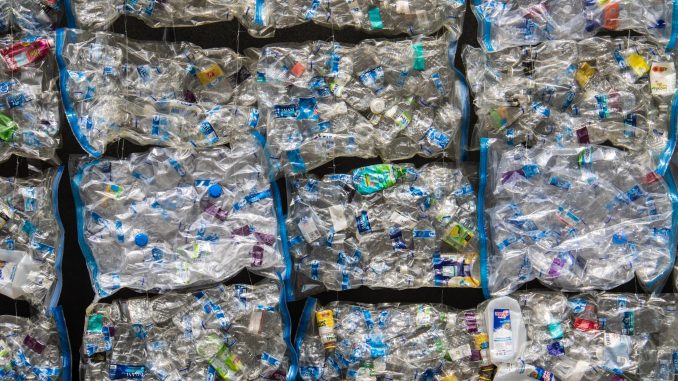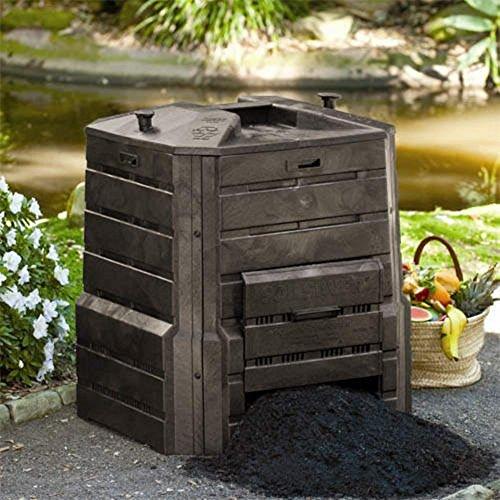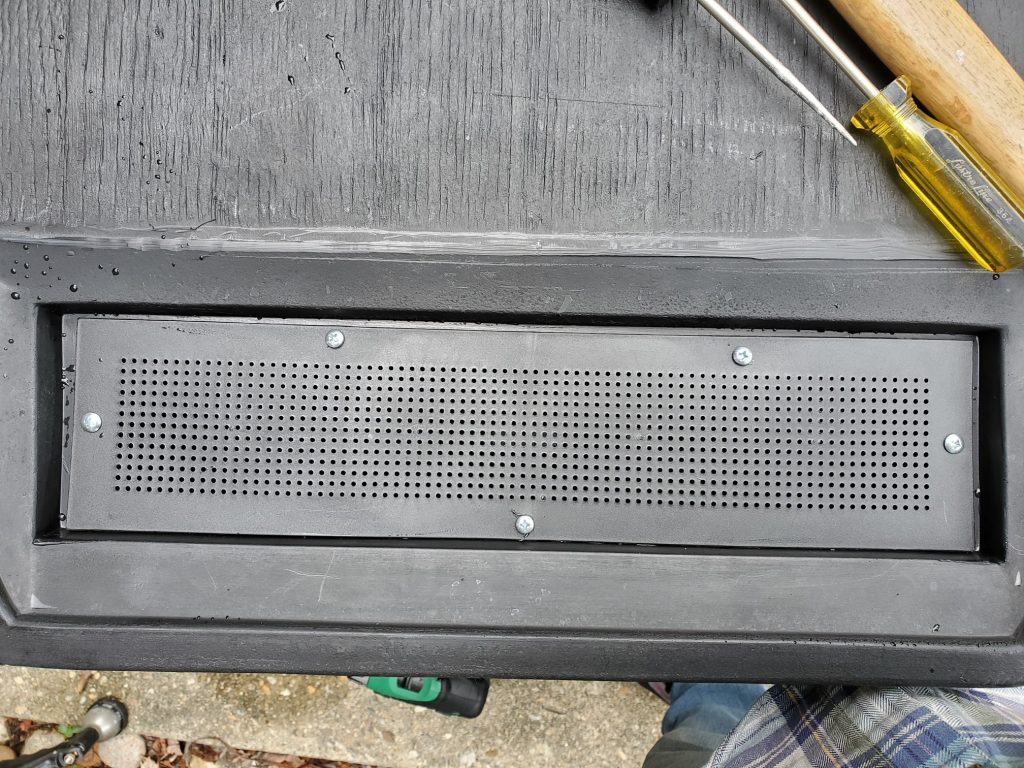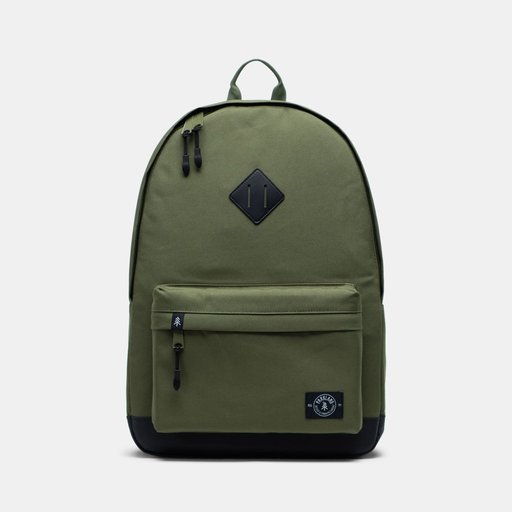
Here at Recycled & Renewed (R&R) we have uncovered tons of companies that use recycled materials to make new products. This includes recycled plastic, paper, and cardboard. We rigorously test every product before it makes it on our site.
In this post we’ll introduce companies making their products from 100% recycled plastic or other materials, delivering their products in 100% recycled material, and diverting tons of plastic from landfills every year.
We will also spotlight another company with an inspiring social mission and an environmentally conscious approach to business that includes accepting their used products back for recycling at “end of life.”
THE RECYCLING INDUSTRY NEEDS YOU!
First, in case you were not aware, the recycling industry is in crisis. In response to trade tensions with China, they have tightened the rules for accepting recyclable material from the U.S.
And guess what? In the past, most of the stuff you put in your recycling bin ended up in China.
Local governments, cities, and waste facilities are awash in recyclable material. Material prices have cratered, increasing incentives to divert recyclables straight to the landfill or to cancel recycling programs completely.
The companies below using recycled materials to make new products are doing their part to address this crisis and build demand for products that are better for the environment.
COMPANIES USING RECYCLED MATERIALS TO MAKE SHOES
As a consumer, you have tons of choices when it comes to supporting companies using recycled materials to make shoes.
Brands are getting incredibly inventive, using both existing materials, like plastic bottles, and new materials made from natural and compostable sources. With that said, all eco-friendly sneakers aren’t created equal.
You can choose from established brands like Adidas, eco-friendly champions like Veja, or new upstarts like Thousand Fell. We do a full run-down of 8 brands of eco-friendly shoes to choose from if you are interested in supporting companies that use recycled materials to make their products.
PRESERVE HOUSEHOLD GOODS
Preserve might be our favorite companies that use recycled materials to make new products. You could almost outfit most of your house with Preserve’s products. They sell a version of almost every household good you need made of recycled plastic.

These are the Preserve products we’ve tested and love:
- Indestructible 16 oz. cups made from old yogurt containers – made from 100% recycled plastic and also totally recyclable (though they are durable and will last a lifetime).
- Mini 8 oz. food storage containers – These cute little containers are perfect for packing a small snack, for the kids’ lunch, or for keeping a sauce fresh in the refrigerator.
- Preserve toothbrushes – This is what got us hooked to Preserve’s products, perfect for adults or post-toddler age children, they are recyclable (see below for how to save money by recycling them), and of course made from recycled plastic. Once our daughter hit 6 years hold, we switched from the kid size, which also works great for smaller kids.
We love Preserve for other reasons too. First, we basically share a similar origination story (more about the inspiration behind R&R here).
The founder Eric Hudson saw that although Americans were putting ample materials into the recycling stream, it would not get used unless manufacturers used it to make things.
Their mission statement, which we love, is “To help reduce the harm caused by the industrial age by demonstrating that consumer products can be both fabulous and lighter on the earth”. This could practically be inserted onto our site, they are like R&R’s soul mate!
Secondly, they partnered with like-minded companies and started their own recycling program, called Gimme 5.
Gimme 5 allows customers to send back their products after they were done with them and Preserve could recycle them again. We have a bag of Preserve toothbrushes sitting in our closet waiting to be recycled right now.
Preserve will give you a $6 coupon for every six toothbrushes you mail them to be recycled into new products.
Thirdly, Preserve does an awesome job limiting packaging waste. We were pleasantly shocked how little packaging accompanied their set of four 16 oz. bowls.
The four bowls were simply taped together with a small sticker strip. BTW, the sticker had a great slogan on it: “Reuse Forever, or return it and we will.” How cool is that?!
The world would be a different place, environmentally speaking, if more companies were as thoughtful as Preserve.
They also started a program called Shareware which seeks to promote the reuse of their products for parties (I cringe when I see all the plastic going straight into the trash at kids’ parties).
Preserve’s site tells a compelling story about the environmental benefits of using recycled material, so you can tell they are true believers in their approach, no greenwashing going on here.
RECYCLED RUGS FROM FAB HABITAT
Fab Habitat has an amazing line of beautiful, eco-friendly, and environmentally sustainable options for rugs, small storage furniture, and pillows made from recycled materials. Their largest rug, made from 100% recycled plastic, uses the equivalent of 666 plastic bottles!

They sell products made of 100% recycled plastic (we have a rug from that line, more about it below), softer rugs made from 100% recycled plastic bottles, rugs made of 100% recycled cotton, and environmentally friendly jute rugs, among other items.
We tested this particular rug pictured below and found it works well as an outdoor patio rug. It is made from 100% recycled plastic, is durable and is also perfect for a mud room, kids play room, or some other high traffic area.
During our testing, it sat outside in an area that is prone to mold but it has held up well, picking up little to no mold.

It is very washable, just hose it off or if necessary, scrub with a hard bristle brush. The material feels plastic-y, so I wouldn’t use this in my living room (though other reviewers seemed to use it inside).
You could use this rug in an area where you expect high traffic or need something very durable.
As mentioned, Fab Habitat has other eco-friendly rugs made from recycled cotton that are likely much softer.
Although there is limited info on the site about how to dispose of the rugs, it seems very likely that you can throw the 100% recycled plastic rug in the recycling bin when done with them (though they seem very durable and will likely last a long time).
Fab Habitat isn’t especially notable on social responsibility. They are certified by Good Weave, a non-profit that ensures child labor is not used in the supply chain, which is commendable.
The site also mentions some charitable interests, but they are not a B Corporation nor do they have much information about their environmental or social impact.
And as mentioned, Fab Habitat doesn’t provide much info on disposing of their products nor does it seem like they’ll take them back at the end of their life to be repurposed.
100% RECYCLED PLASTIC COMPOST BIN – A TWO’FER FOR REDUCING WASTE
Here at R&R we’ve rhapsodized endlessly about why composting is important, some of the challenges you might face, which style bin to choose, how to speed up your compost cycle, and also strange and interesting facts about composting.
But our bottom line message is: Don’t be afraid of composting. It is not as hard as people make it out to be. You can reduce your landfill trash by 600 lbs. per year, and composting opens up a whole new world of compostable products that nature recycles for you.

Get on board in reducing your waste, plus use up a boatload of post-consumer plastic with this 100% recycled plastic compost bin.
The hardest part about composting is finding enough “brown” carbon rich material to balance the ample amount of “green” nitrogen rich food scrapes.
One trick is using all that annoying junk mail streaming into your mailbox each week to super-charge your compost (read our post about using shredded paper, cardboard, and newspaper).
Composting has a huge impact on climate change. Throwing organic waste into a landfill produces methane, a climate changing gas 34 times worse than CO2. We estimated that you can divert 600 lbs. of waste a year from the landfill by composting!
You can read a more in-depth review of a few compost bin options, but the Algreen’s Soil Saver (pictured above) is our favorite.
Algreen is another company using recycled materials to make new products, in this case a super durable compost bin.
It is made from a hard, thick 100% recycled plastic and in theory can eventually be recycled. But frankly, I doubt you’ll ever need to discard this thing since you’ll fall in love with composting and the product will likely last forever.
[Besides super-charging your compost with junk mail and old newspaper, you can further keep your compost pile balanced by composting paper towels, but avoid a few of the potential pitfalls]
SAVING RIVERS, MONEY, AND THE EARTH WITH A RAIN BARREL
A big recycled plastic rain barrel is a nice way to help out your local rivers as well as take a large amount of plastic out of the landfill. We recommend two options: a budget barrel and a higher end option (see our detailed review of recycled plastic rain barrel options).
First, why are rain barrels good, besides by saving on your water bill? The short version of the story is diverting rain from your sewer systems, especially during a sustained downpour, reduces strain on your local water company’s infrastructure.
What happens when a deluge of water floods your sewers? Basically, raw poop, mixed with rain water, is released into your rivers and streams (gross, isn’t it?!).
Many localities, including mine, will provide a rebate for purchasing and installing a rain barrel.
RTS sells a serviceable, relatively attractive, 50 gallon rain barrel made from 100% recycled plastic. At around $100 it is a good barrel if you are unsure whether you want to “dip your toe” in harvesting rain water.

However, the RTS barrel we tested is not very durable, we have already had to replace the spigot and the anti-mosquito screen on the top wasn’t effective. We had to drill in some extra screws and caulk around the edges (Washington DC is like a swamp with its mosquitos!).
But besides some minor part replacements, it has lasted a few years so far.

FCMP’s 45 gallon rain barrel is a much higher price but you can see why. More solidly built than our cheaper option and with a better design, I strongly recommend this one.

With a 40-50 gallon rain barrel, it will get filled quick and overflow. FCMP’s rain barrel has a hose attached to the overflow valve at the top to direct the water.
This is important because if your barrel is near the foundation of your home, you don’t want water pooling there.
Both companies are nothing to write home about in terms of their environmental credentials.
Neither RTS or FCMP have much on their site about how their businesses are striving to be “good” companies in terms of environmental or socially responsible practices. But companies that use recycled materials to make new products are better than the status quo.
Though recycling has challenges, using recycled content does have numerous benefits to the environment.
RTS and FCMP sell other products make of recycled plastic though, such as FCMP’s outdoor storage bin or large planters.
SEVENTH GENERATION IS STILL YOUR GO-TO OPTION
Buying Seventh Generation products is a great place to start if you want to start reducing your environmental footprint. Seventh Generation is like a forefather (or fore-mother) of companies using recycled materials to make new products.
They are a leader in this space with most of their products packaged in 100% recycled material, or very close to 100%.

They even sell toilet paper made from 100% recycled paper.
I should mention that regular toilet paper made from newly chopped down trees is a bit softer, but do you really need beautifully woven silk napkins to wipe your butt?! I think not, seems like a small sacrifice to save some trees and I know you are up to it!
Though Seventh Generation is owned by a large multinational corporation, specifically Unilever, the company has taken steps to maintain it’s environmental sustainability and social responsibility goals.
Also, Unilever is a leader in the corporate space in terms of reducing its negative impact on society as well.
Although we try to support small businesses as much as possible, I personally feel like it is good to support large corporations that are trying to do right by the Earth. We want to show that people will reward responsible business practices, if even if it means spending an extra fifty cents on home goods products.
If you want to also use your butt for charity, another option is to support one of our favorite B Corps actually making a difference for the planet, Who Gives a Crap.
They use 100% post-consumer recycled paper and send half the profits to build toilets in developing countries. But the real selling point is the jokes (trust me, but you’ll need to try it out first).
PARKLAND RECYCLED PLASTIC BAGS
Parkland is another company using recycled material to make new products, in this case stylish bags made from recycled plastic bottles. Although we like any product that is repurposing our national glut of plastic in a useful way, we are a little ambivalent about using recycled plastic to create textiles.

The use of recycled polyester, such as using recycled plastic bottles to create textile, can have a potential negative environmental impact. The problem of microplastics, tiny particles released by polyester and other plastic based textile, just isn’t understood well enough right now.
Washing fabric made from recycled plastic can release microfibers into the environment. It seems the jury is still out on these tiny microscopic pieces of plastic will have on our environment.
But it seems like a safe bet that loading up the Earth with microscopic pieces of plastic won’t improve the functioning of our natural systems. However, here is what makes Parkland a little different.
First off, you don’t really have to wash these bags very often, which should knock out most of the shedding of microplastics.
Secondly, Parkland’s bags are very durable. We purchased two and tested them on the brutal proving grounds of an elementary school for a year. Frankly, they look brand new.
Plus, they are so stylish, I actually use them for hiking and long bike rides too.
Sequestering, or locking, the equivalent of 12 plastic bottles (times however many bags they sell per year) into a bag that will likely last for years is a big win for the environment.
Finally, there are a few small things that suggest these folks are sincere about improving the environment through their business. They used recycled plastic for their packaging, which is always a plus.
Also, Parkland has somehow figured out how to make leather out of apples! The little “leather” diamonds on the bags are actually made from a byproduct of the juice production process. Very cool.
Parkland seems to partner with different charitable organizations each year, donating a portion of their sales and they talk a bit about striving towards a sustainable workplace, though the “About Us” is a little thin on details.
Here at R&R we only endorse products we have owned, tested, and fell in love with. If you end up making a purchase through one of our affiliate links, we may earn a very small commission that offsets the cost of hosting, building, and maintaining this site.